A PAIR OF CHINESE FAMILLE ROSE ‘HABSBURG EAGLE' CUPS AND SAUCERS FOR THE MEXICAN MARKET. Qing Dynasty, Yongzheng period. The interior of the saucers and exterior of the conical cups similarly decorated in bright enamels with a two-headed eagle, the emblem of the Spanish Catholic Order of St. Augustine, standing on a blue rock among peony flowers, 11.5cm diameter, the cups 7cm diameter. (4) 清雍正 粉彩繪徽章圖紋盃及碟一對 The double-headed eagle, or Habsburg eagle, was the device used by The Order of St. Augustine, and they were most likely ordered for the Spanish or New Spain market. The Spanish Augustinians were established in Manila in the 15th century, and soon after in Macao, Mexico and India, during which time they made their first of several expeditions to China.
A PAIR OF CHINESE FAMILLE ROSE ‘HABSBURG EAGLE' CUPS AND SAUCERS FOR THE MEXICAN MARKET. Qing Dynasty, Yongzheng period. The interior of the saucers and exterior of the conical cups similarly decorated in bright enamels with a two-headed eagle, the emblem of the Spanish Catholic Order of St. Augustine, standing on a blue rock among peony flowers, 11.5cm diameter, the cups 7cm diameter. (4) 清雍正 粉彩繪徽章圖紋盃及碟一對 The double-headed eagle, or Habsburg eagle, was the device used by The Order of St. Augustine, and they were most likely ordered for the Spanish or New Spain market. The Spanish Augustinians were established in Manila in the 15th century, and soon after in Macao, Mexico and India, during which time they made their first of several expeditions to China.
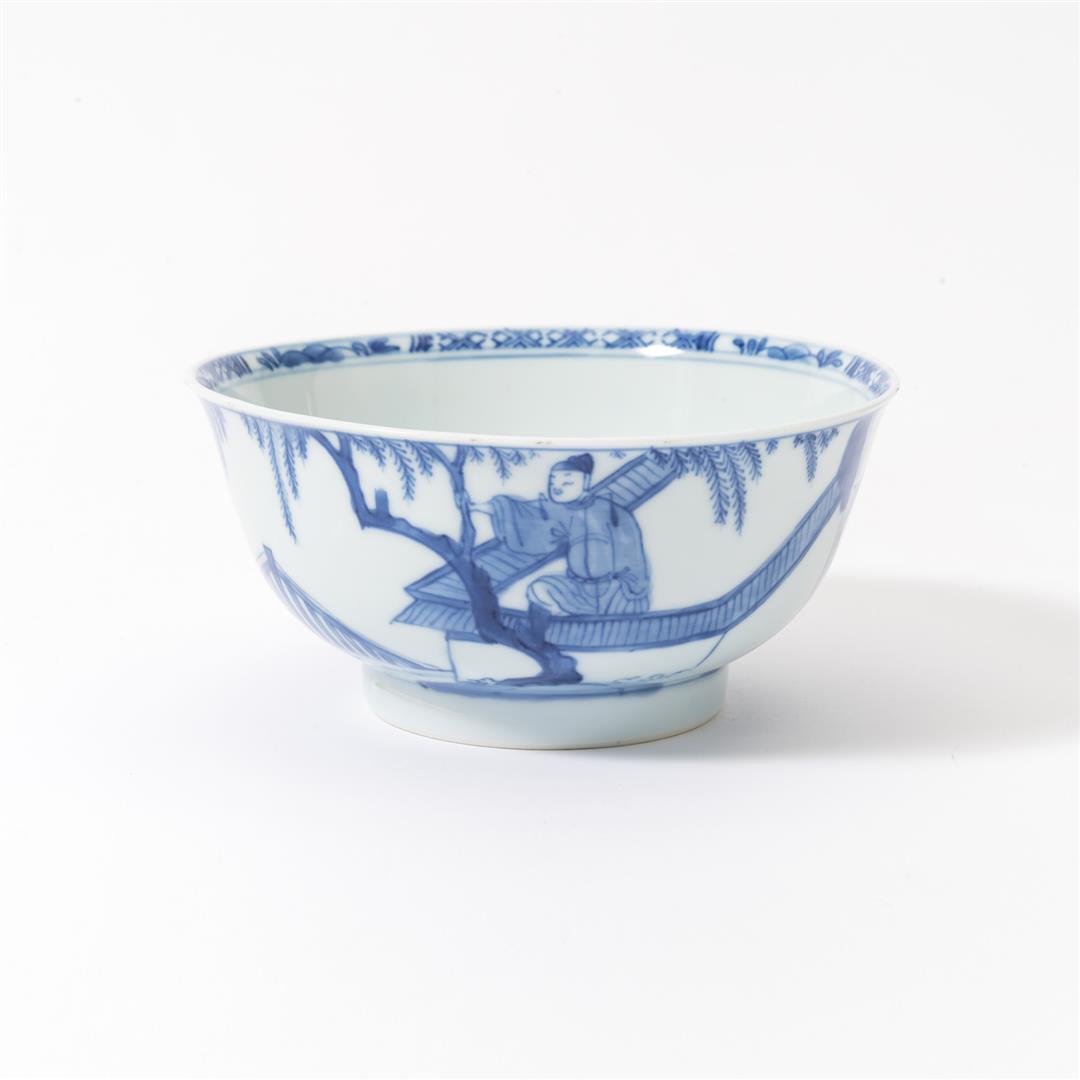


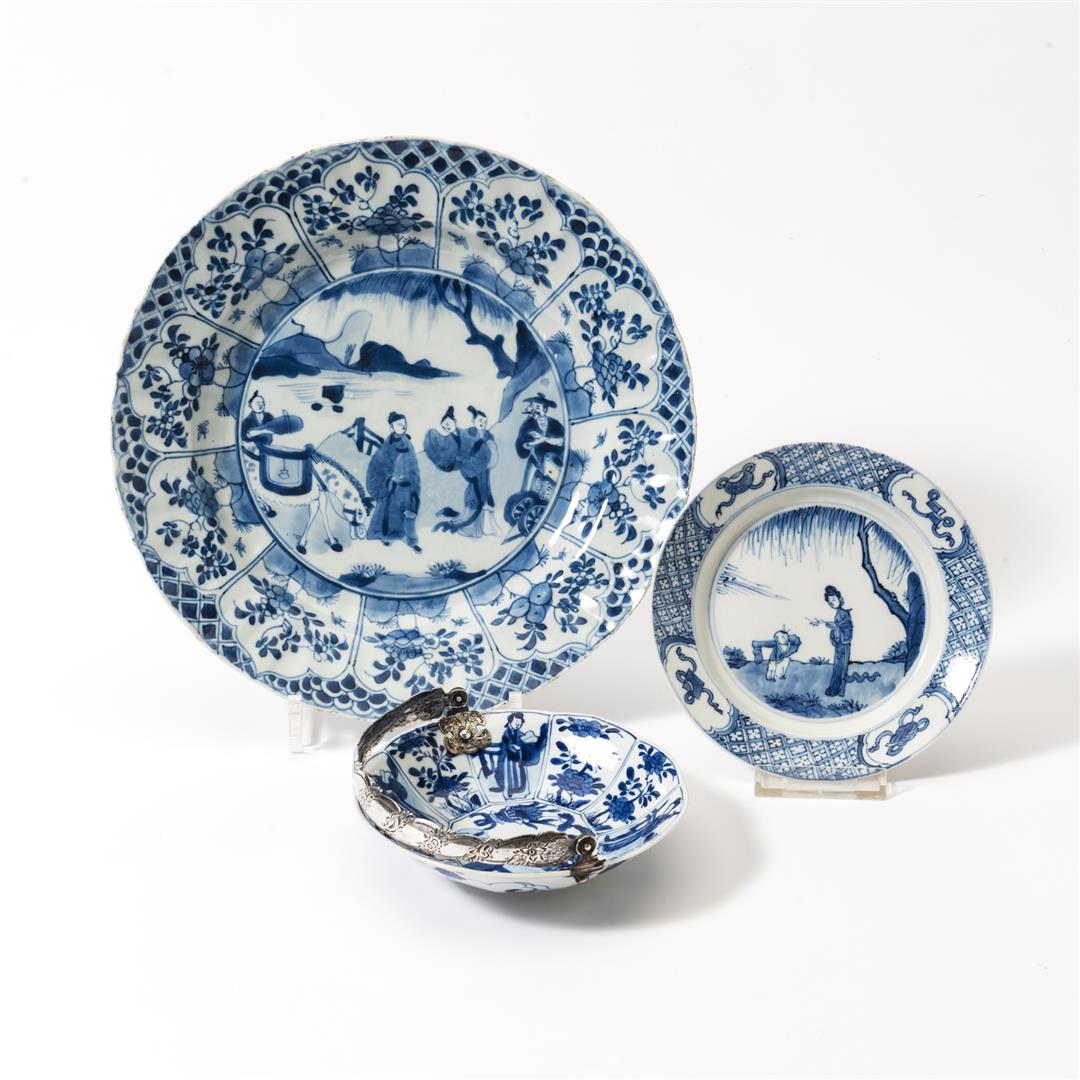
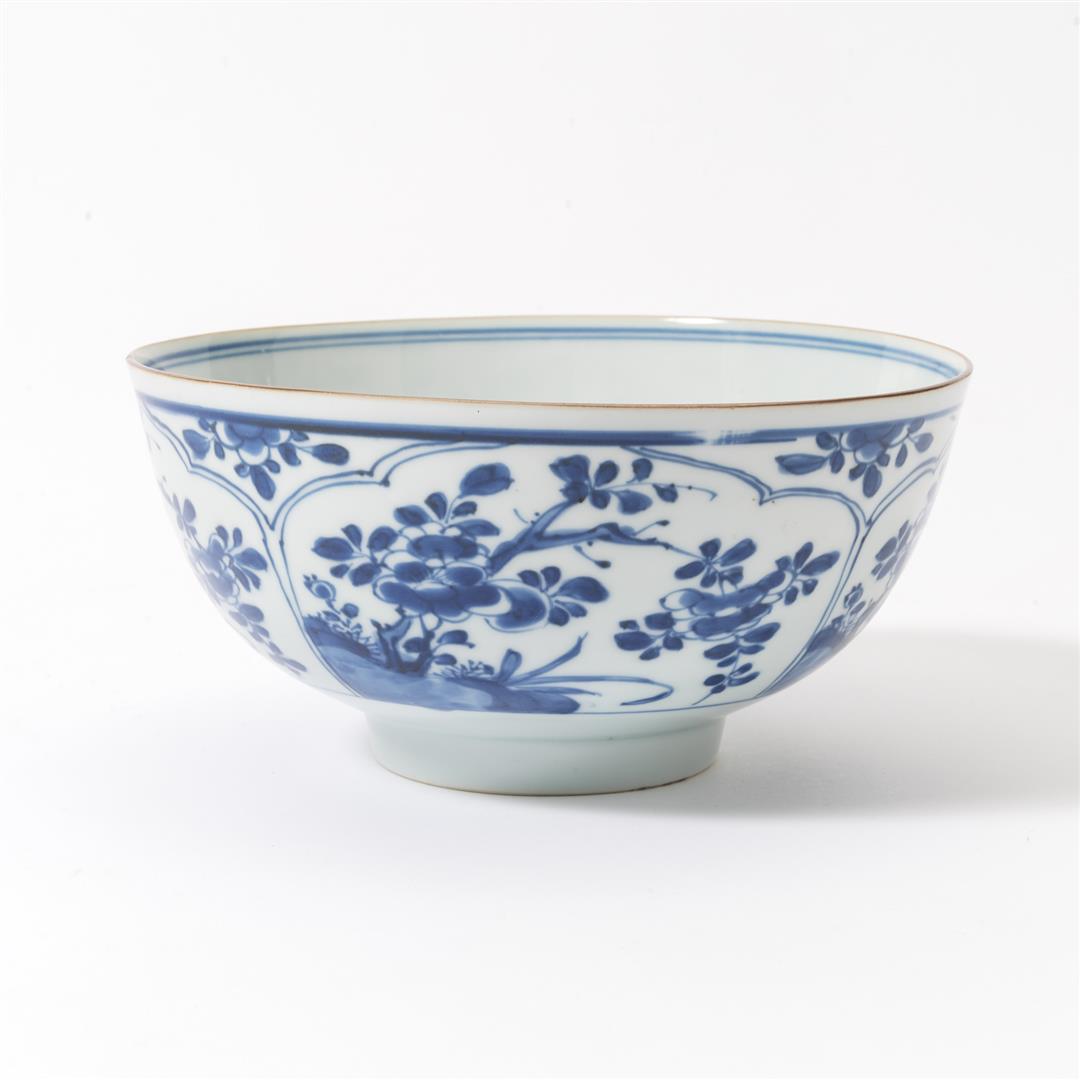
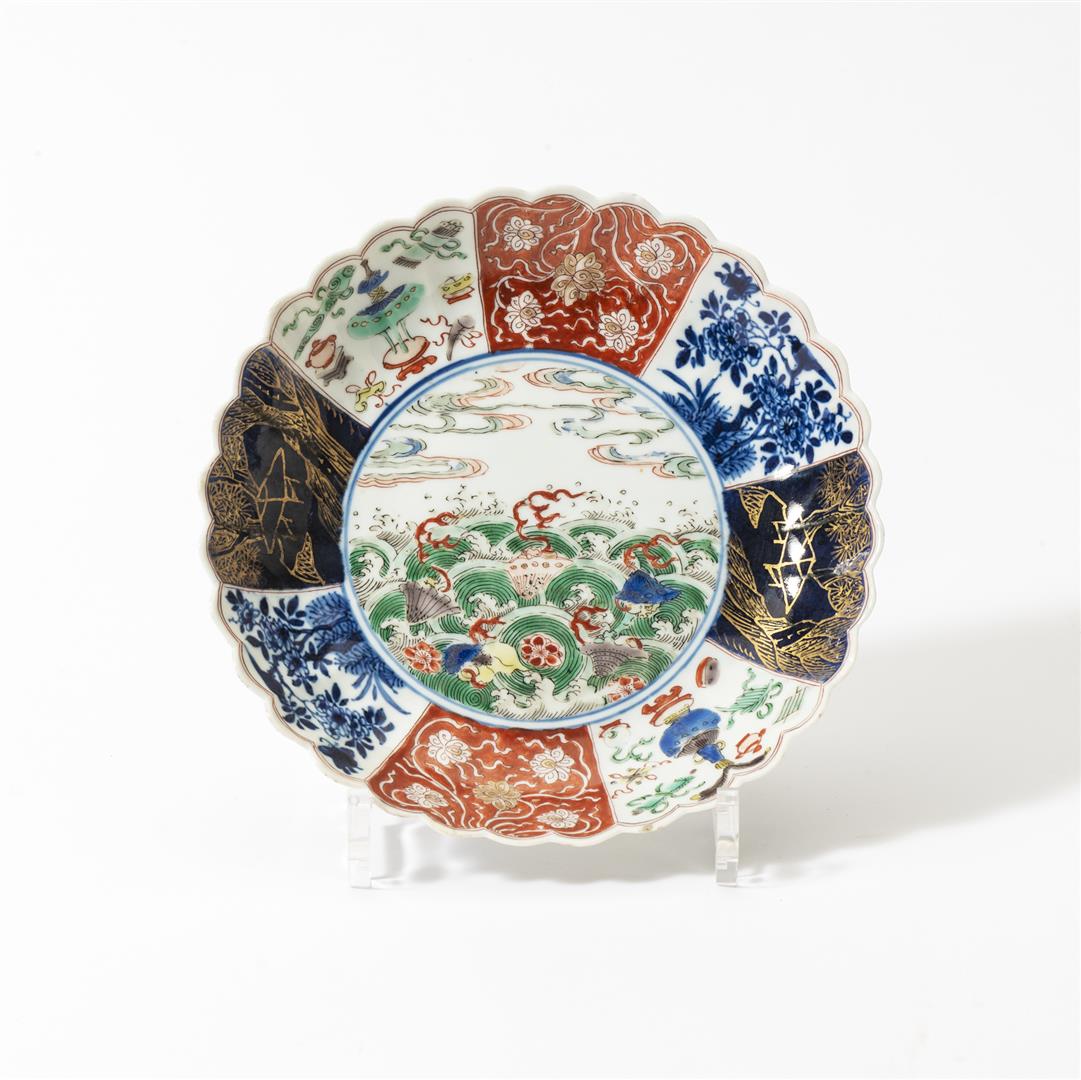
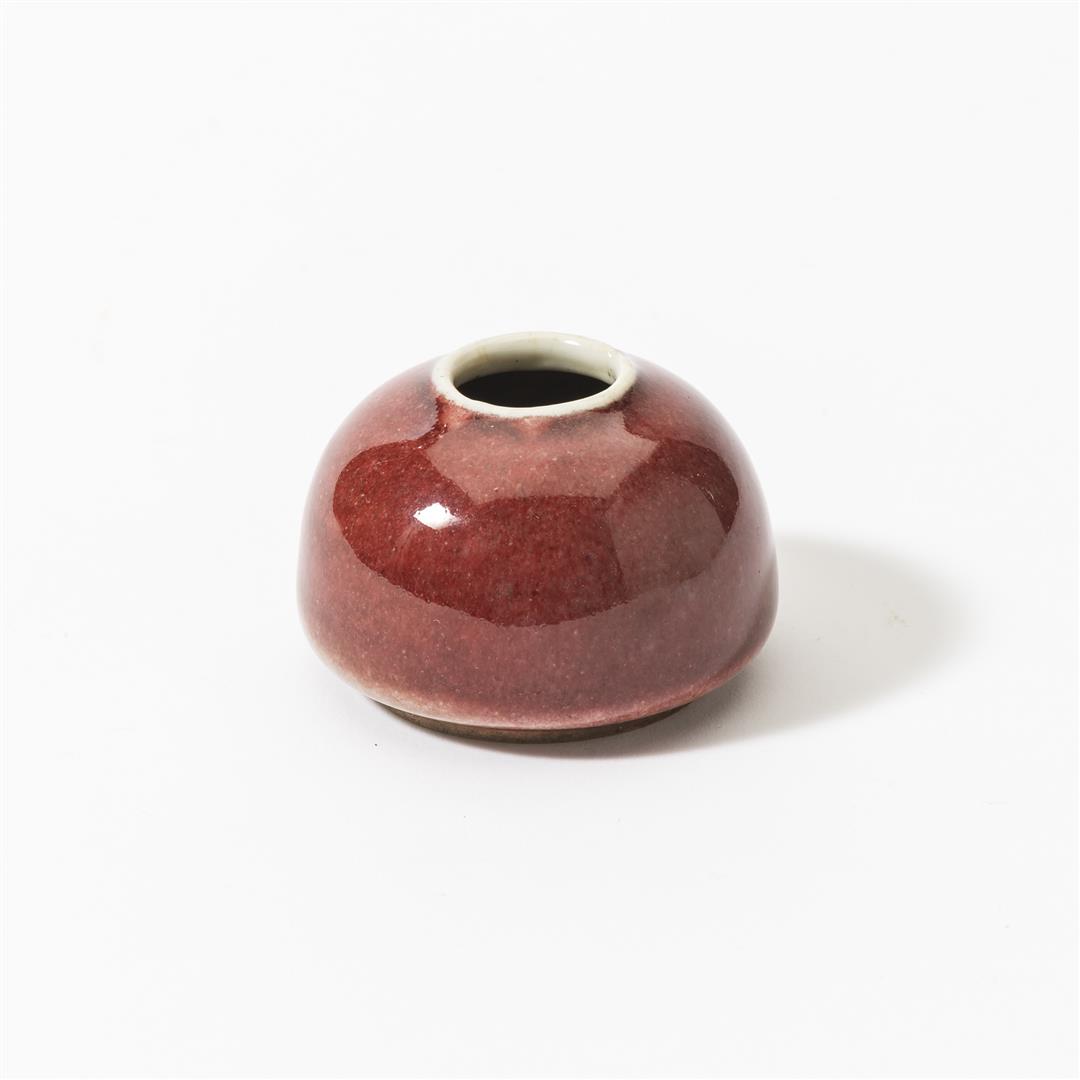
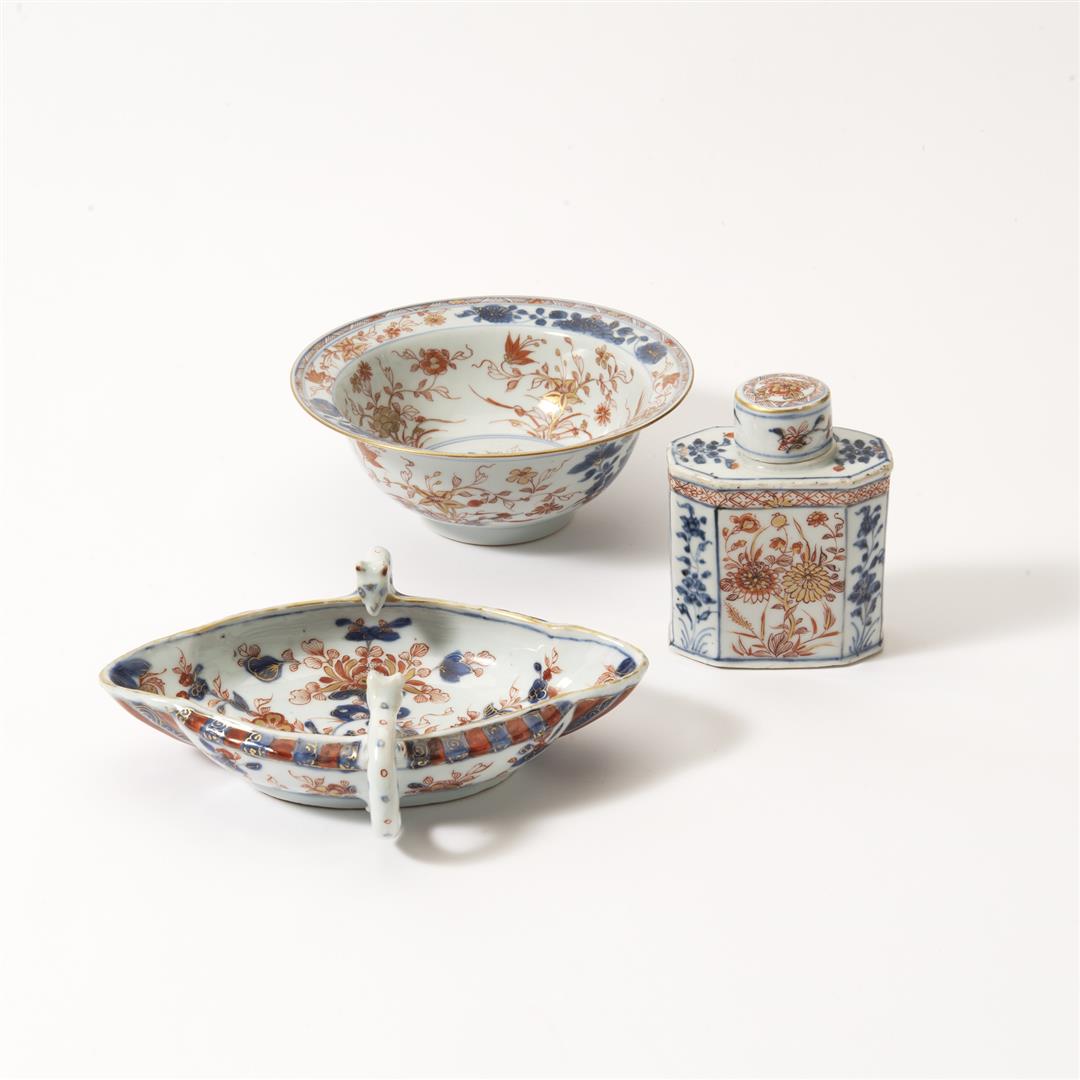
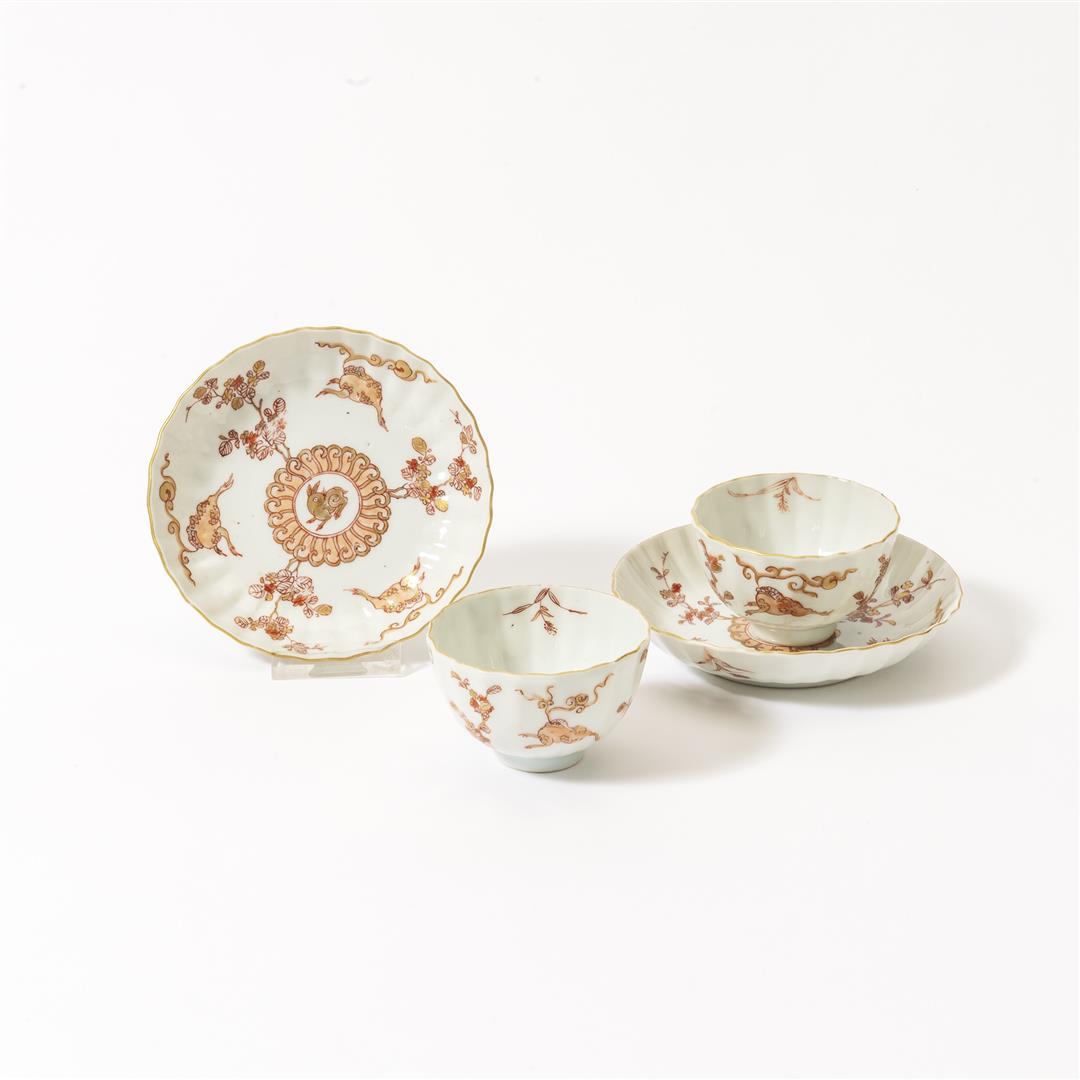
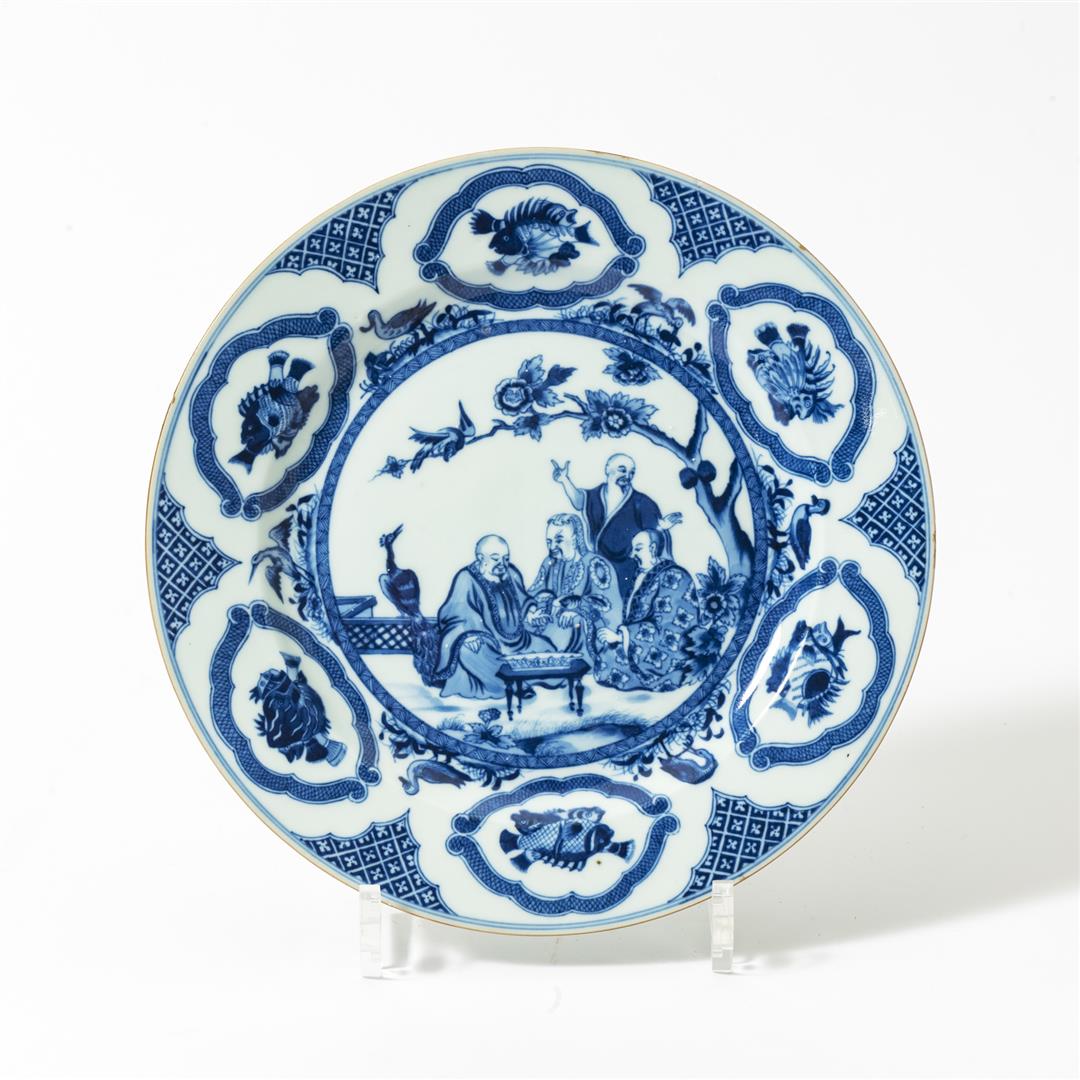
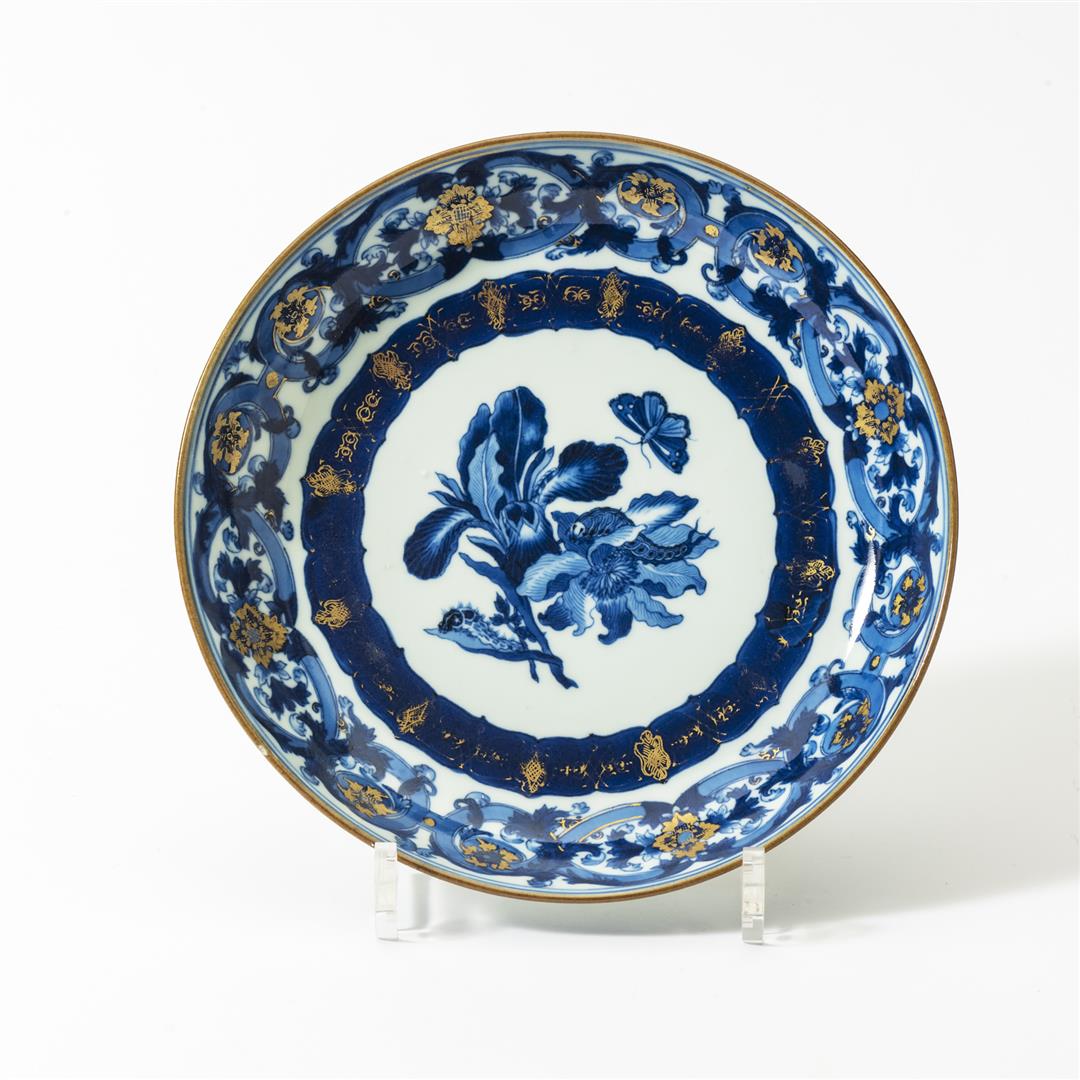
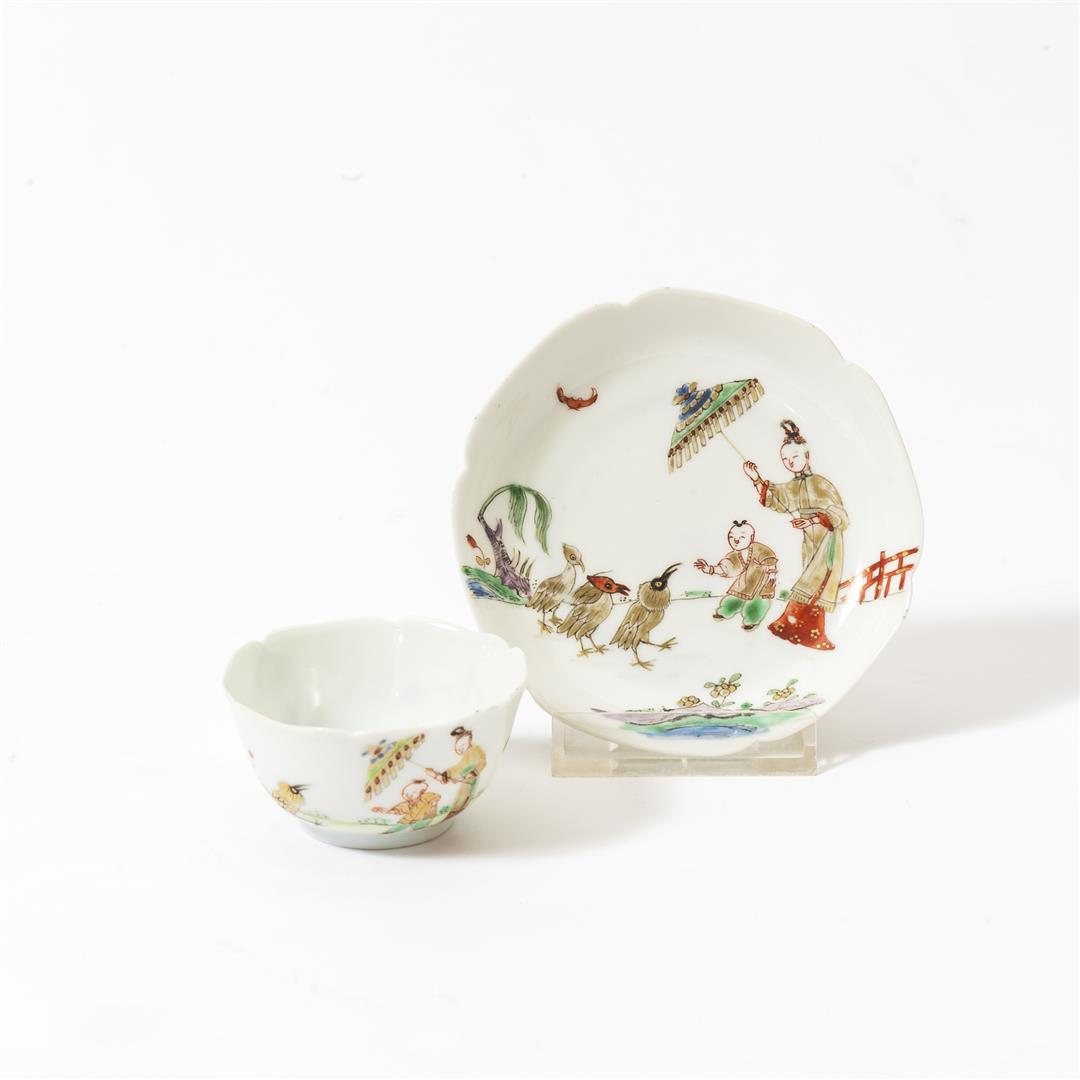
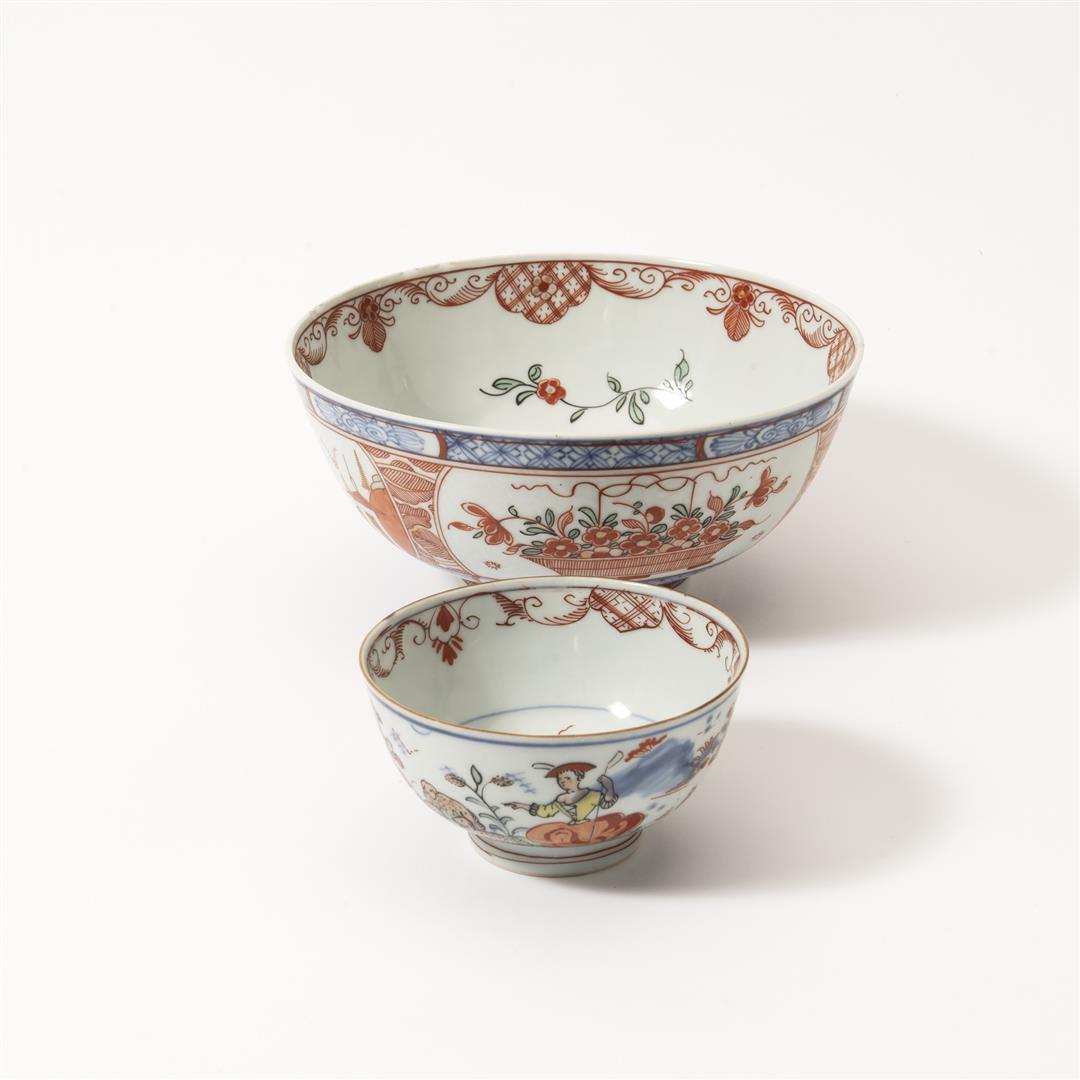
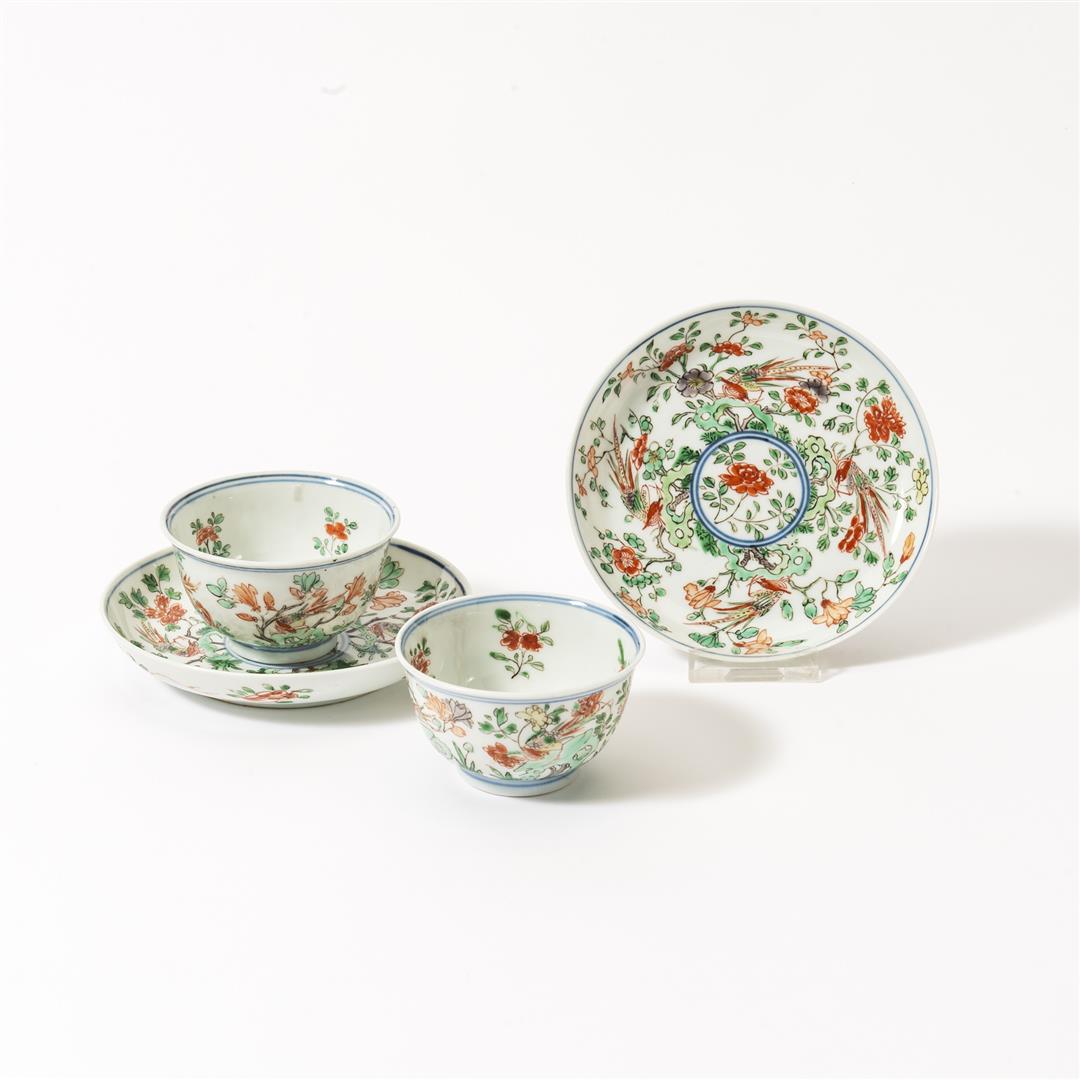

Testen Sie LotSearch und seine Premium-Features 7 Tage - ohne Kosten!
Lassen Sie sich automatisch über neue Objekte in kommenden Auktionen benachrichtigen.
Suchauftrag anlegen